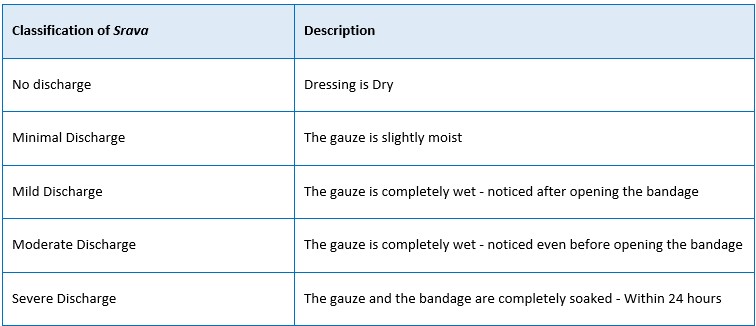Critical analysis of Srava and Gandha of Vrana with special reference to Madhumehajanya Dusta Vrana vis-à-vis Diabetic Foot Ulcer
DOI:
https://doi.org/10.21760/jaims.9.1.25Keywords:
Madhumehajanya, Duṣṭa, Vraṇa, Srāva, Gandha, Discharge, Odour, DFUAbstract
Diabetes Mellitus is one of the major health concerns of India gradually gaining potential to become an epidemic. At present, India has a stunning population of people suffering from diabetes which goes up to 101 million and by the end of 2045 it is expected to be between 124 to 135 million. As per a Cohort study conducted by Diabetic Federation of India 2/3rd of these diabetic patients suffer from Diabetic complications. When we consider these 2/3rd of the diabetic population who suffer from Diabetic complications, majority of them tend to develop Diabetic Foot Ulcers in their lifetime due to uncontrolled glycemic status. Madhumehajanya Dusta Vrana vis-à-vis Diabetic Foot ulcers once formed does not only affect the patient physically but can significantly negatively impact a patient’s quality of life by its presentations. Due to the non-healing nature of Madhumehajanya Dusta Vrana and associated infection, it discharges multiple secretions from its floor which results in morbid moisture in the ulcer further adding to its non-healing nature. The present article is intended to understand the same in detail regarding the Srava and Gandha of Madhumehajanya Dusta Vrana in detail as per Ayurvedic and contemporary science point of view.
Downloads
References
Lazarus GS, Cooper DM, Knighton DR, Percoraro RE, Rodeheaver G, Robson MC. Definitions and guidelines for assessment of wounds and evaluation of healing. Wound Repair Regen. 1994 Jul;2(3):165–70.
Stupin VA, Gabitov RB, Sinelnikova TG, Silina EV. Biological mechanisms of chronic wound and diabetic foot healing: the role of collagen. Serbian J Exp Clin Res. 2018 Dec 26;19(4):373–82.
Posnett J, Franks PJ. The burden of chronic wounds in the UK. Nurs Times. 2008 Jan 22–28;104(3):44–5.
Lazaro J, Izzo V, Meaume S, Davies AH, Lobmann R, Uccioli L. Elevated levels of matrix metalloproteinases and chronic wound healing: an updated review of clinical evidence. J Wound Care. 2016 May;25(5):277–87.
Susruta. Susruta Saṁhita. Nibandhasaṅgraha commentary of sri Dalhanacharya and Nyayachandrika pañjika of Sri Gayadasacharya on Nidanasthana. Edited by Vaidya jadavji trikamji acharya and Narayan ram acharya kavyatirtha. Reprint edition. Varanasi: Chaukhambha surbharati prakashan. 2012; Cikitsa sthana, 1st adhyaya. 3rd sloka.
Susruta. Susruta Saṁhita. Nibandhasaṅgraha commentary of sri Dalhanacharya and Nyayachandrika pañjika of Sri Gayadasacharya on Nidanasthana. Edited by Vaidya jadavji trikamji acharya and Narayan ram acharya kavyatirtha. Reprint edition. Varanasi: Chaukhambha surbharati prakashan. 2012; Sutra sthana, 22nd adhyaya. 7th sloka. Page no: 108.
Agnivesa, Caraka, Drḍhabala, Caraka Saṃhita. Ayurvedadipika commentary by Sri Cakrapanidatta. Edited by Vaidya Yadavji trikamji acharya. Reprint edition. Varanasi: Chaukhambha surbharati prakashan. 2012; Cikitsa sthana, 25th adhyaya. 24th – 25th sloka. Page no 593.
Peleg AY, Weerarathna T, McCarthy JS, Davis TM. Common infections in diabetes: pathogenesis, management and relationship to glycaemic control. Diabetes Metab Res Rev. 2007 Jan;23(1):3–13















